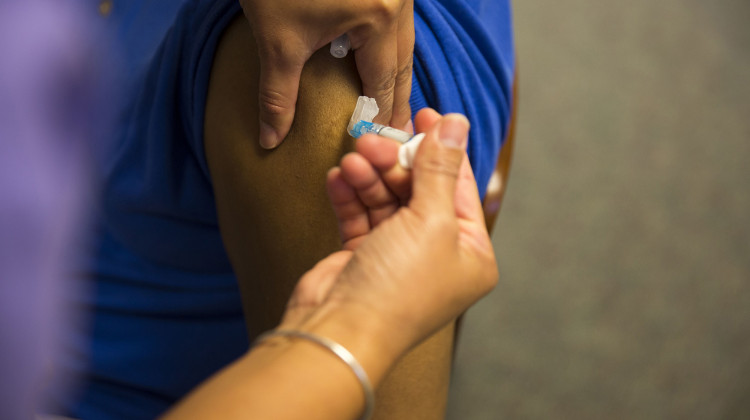An annual look at how prepared Indiana is to deal with health emergencies finds the state has made some improvements.
The National Health Security Preparedness Index measures more than 100 data points from vaccination rates to environmental monitoring.
Since the index first started in 2013, Indiana has improved – but it still sits below the national average with an overall score of 6.3 out of 10.
The Robert Wood Johnson Foundation puts out the report. Chief science officer Alonzo Plough says the state’s lowest score comes under community planning and engagement coordination.
"Engaging communities, families, household level, both understanding the kind of emergencies that happen, the flooding, the extreme heat days," says Plough.
Plough says Indiana has made strides by adopting policies like the nurse licensure compact, that allows nurses to work across state lines.
"That is a very good example of ability to improve preparedness through those kind of policy changes," says Plough.
Indiana is doing better than the national average when it comes to health security surveillance that includes the use of electronic reporting records and laboratory readiness.
 DONATE
DONATE








 Support WFYI. We can't do it without you.
Support WFYI. We can't do it without you.